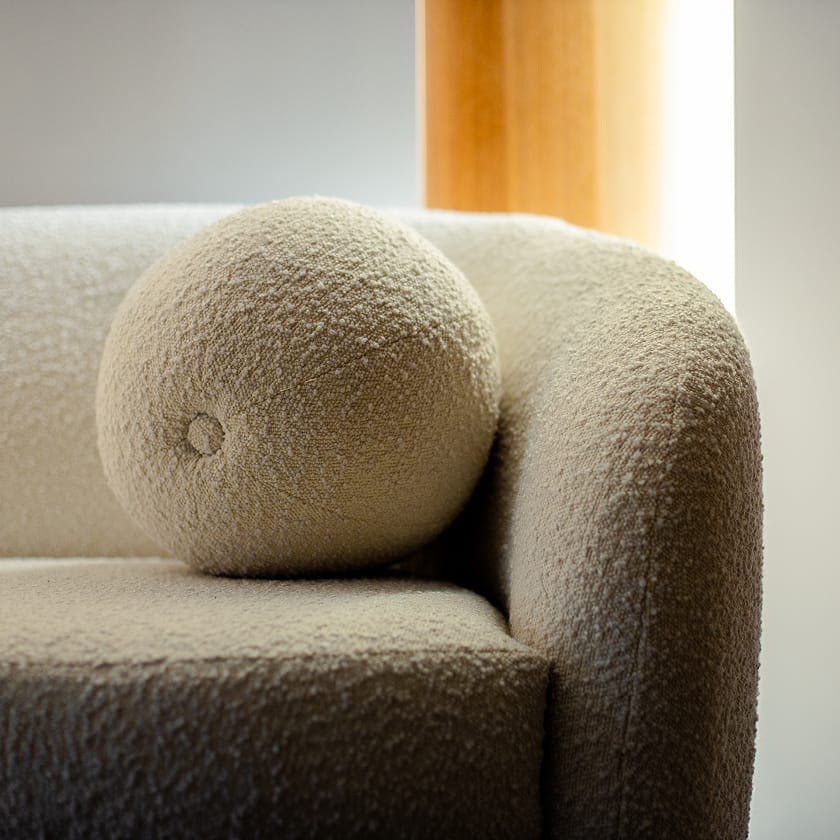The eyes are frequently where the face shows its first or most drastic signs of aging. Typical changes that occur include drooping of the eyebrow, excessive fullness or sagging skin of the upper lid, and lower eyelid bags. At Galanis Plastic Surgery in Beverly Hills, we specialize in addressing these concerns to help restore a youthful appearance.
What is Blepharoplasty
Blepharoplasty, or eyelid surgery, eliminates surplus skin and addresses aging-related issues. As eyelids stretch and muscles weaken, it resolves sagging eyebrows, drooping upper lids, and under-eye bags.








